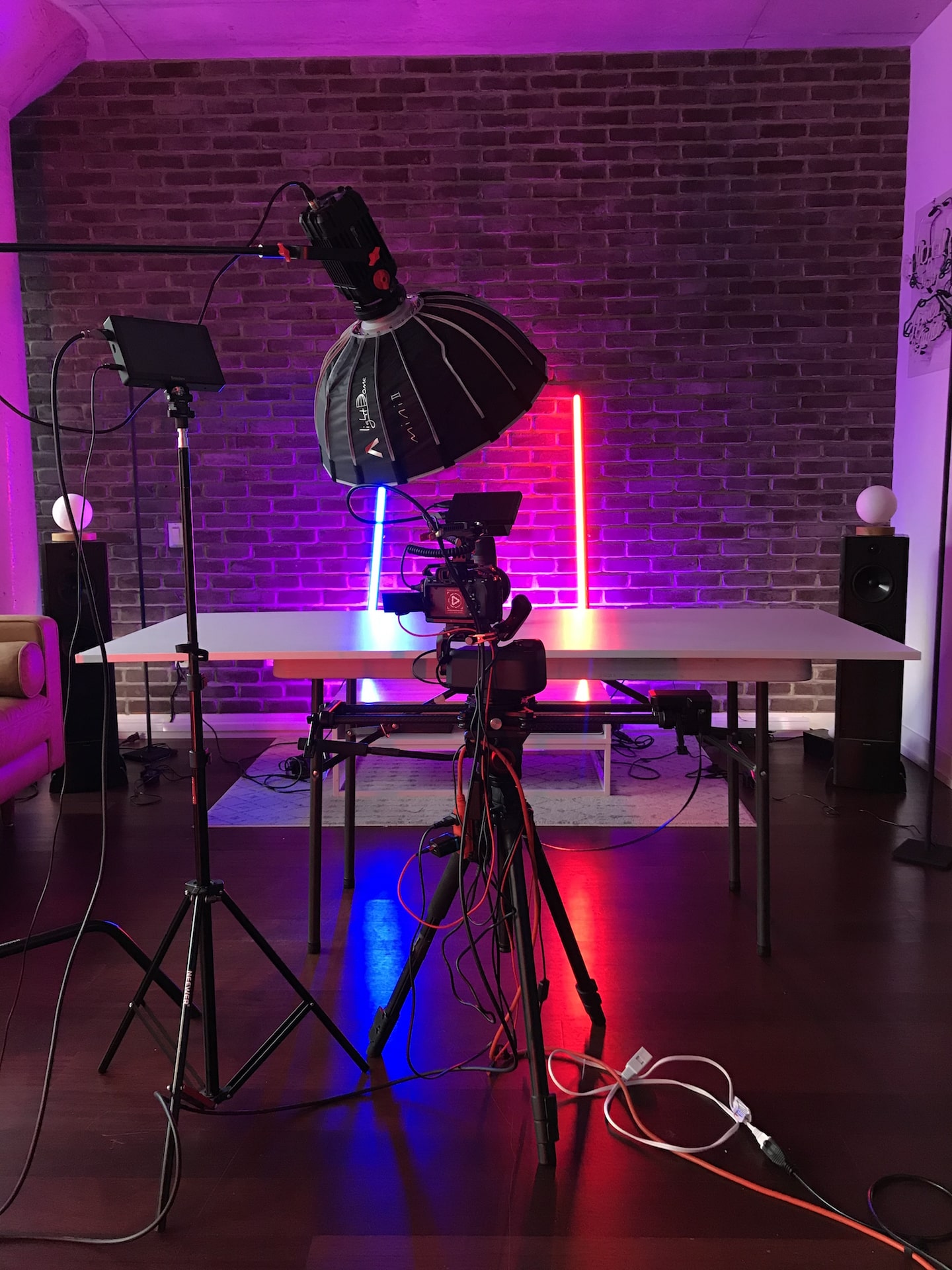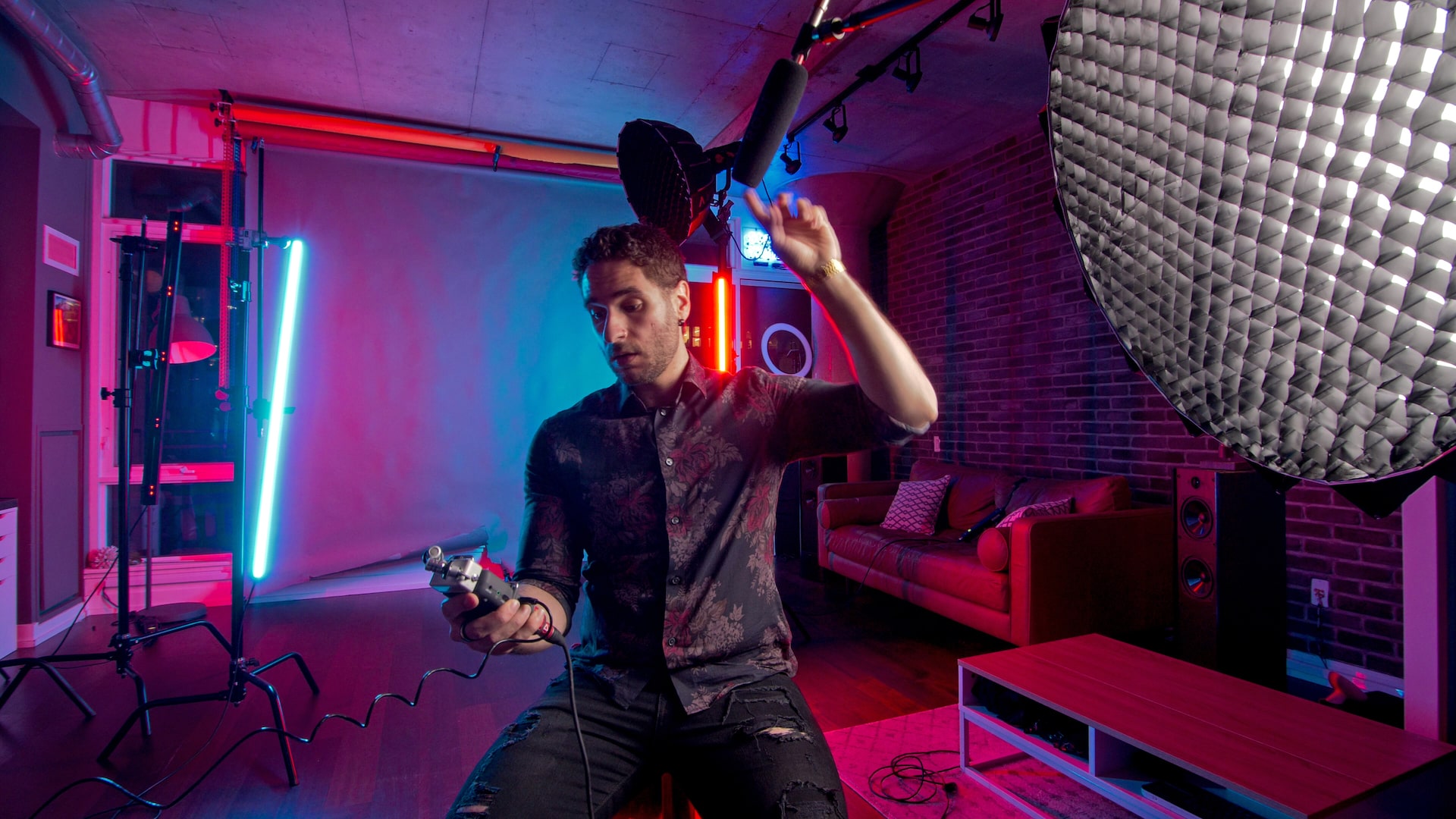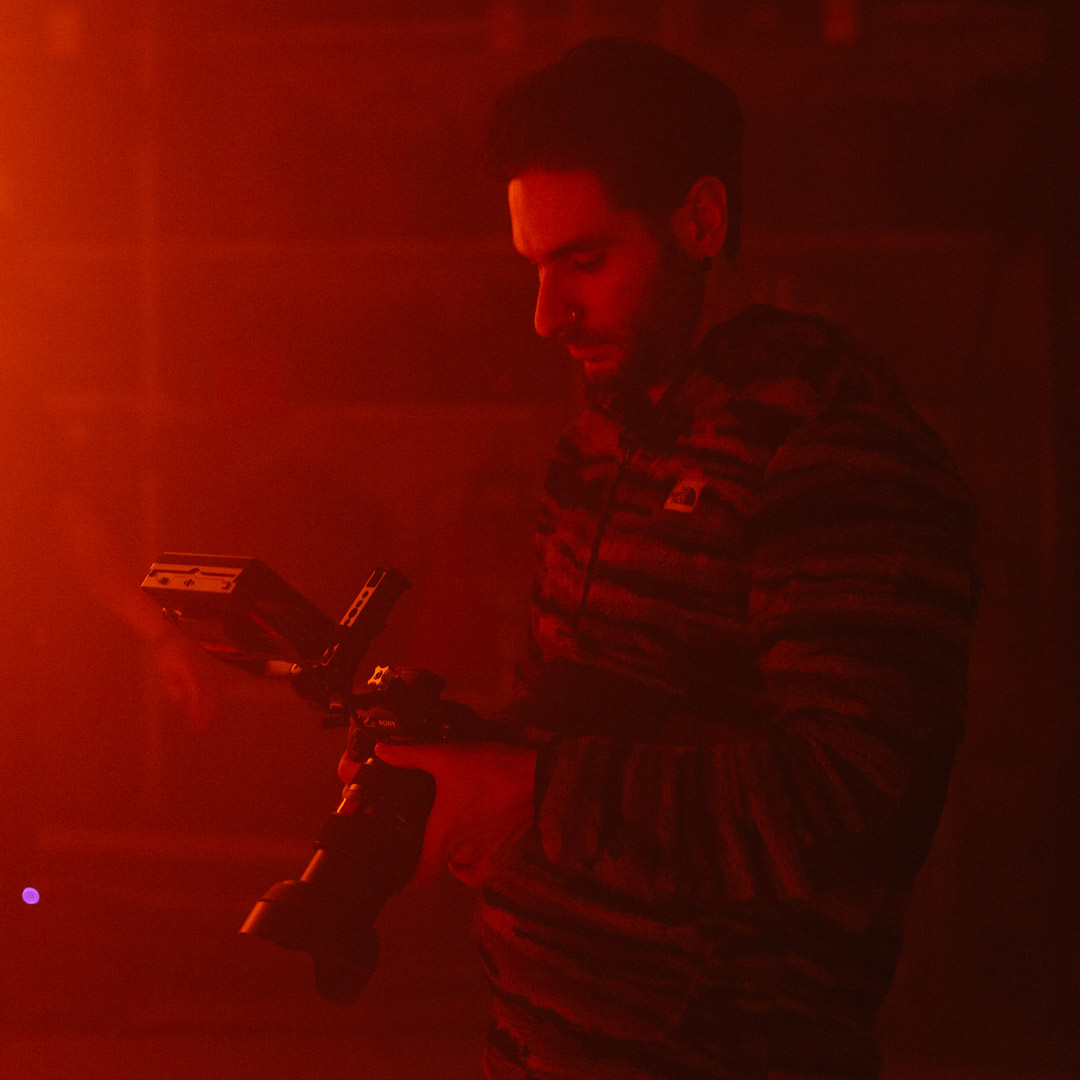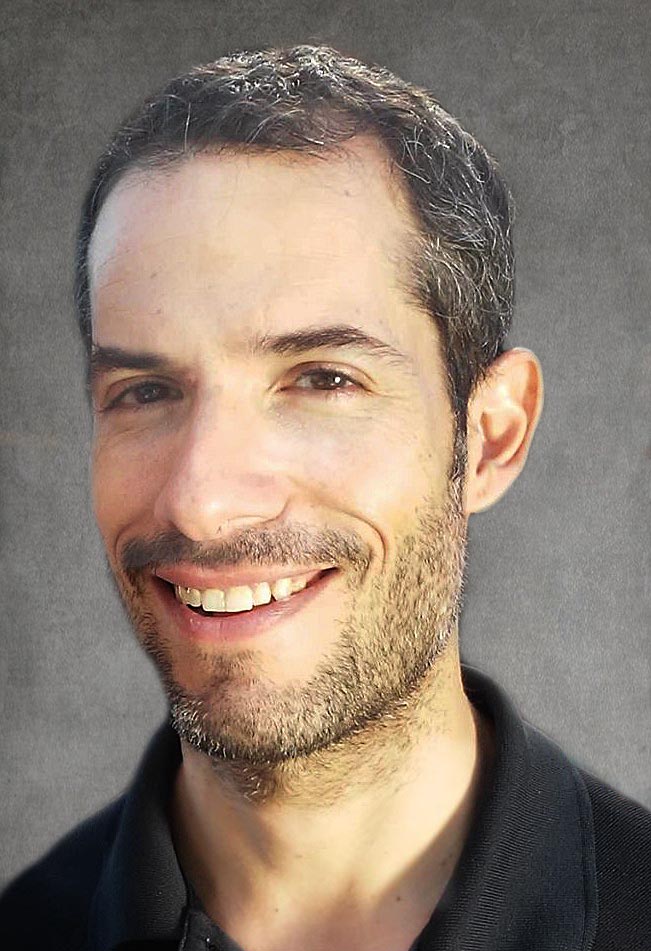JM Pro Creative is a small video production company based in Toronto owned and operated by Julian Meli. Since 2012 they’ve worked with established businesses, brands, start-ups, musicians, and artists, creating compelling media content and promotional work. Their body of work includes live shows, music videos, commercials, and time-lapse photography.
As the leading content creator, Julian functions as a director, DP, editor, and executive producer. He recently took time from his busy schedule to speak with us about his work and his latest business venture.

What led you to start your own business? What makes it unique?
I’ve always had a passion for video and photography. I started getting into stock footage when I was back in high school and built my portfolio, and from that, I was able to earn a passive income and cut my teeth in the industry to honing my skills. I went to Ryerson for New Media technology, where I learned how to control physical devices using code, learn about Web 2.0 and its future, and get everything interconnected. Coming out of university and starting my own business, I wanted to make videos because I have a natural talent.
What was it like when you were first getting started?
In the beginning, I started making music videos, and it slowly evolved into where I am now. Now I’m doing video productions for small businesses, brands, and professionals. I got a few breaks working for a few agencies to get hired as a DP (Director of Photography). This experience led me to grow a lot in these professional settings. Through that, I started doing a lot of time-lapse and got into that heavily. This led me into my next endeavor, Live Build, which I began in 2018, for long-term lapse production for developers and construction.

What were some of the early challenges you had to deal with?
The early challenges came from converting my leads within the context of video production. People would come to me, and they didn’t know what they wanted. For example, a prospective client might say, “I want a video for my business.” And I would ask them, “What do you want in the video? What is the goal of that video?” I found much up-front work that had to be done just to close the sale. I was putting in much work coming up with ideas to pitch to clients and decide whether or not they wanted to move forward. It was a struggle for me at first working this way.
I found the process difficult with clients with smaller budgets and weren’t aware of the complexities of video production. The sky’s the limit with video production. You can make the same commercial for $5000 or $100,000 and add actors, better cameras, and more locations. So it can be a daunting and extensive process from the initial idea to the final video delivery.

How did the company change after these early years?
Once I started doing time-lapse, I launched Live Build Productions, and I liked that business a bit better because it was more structured. I would ask the client, “How many months is your project going to be running?” With this work, I have more of a basis for calculating the cost and more easily figuring out a quote for a client who wants a time-lapse video produced, rather than someone just approaching me saying, “I want a video.” So I can price out a job in a few hours, and it’s much easier to convert leads after launching Live Build that became my leading moneymaker, specializing in the making of time-lapse for developers, construction companies, and occasional companies doing renovations.
Tell me more about Live Build.
When we do a job, rent or lease a time-lapse system, depending on the client’s needs, it can be multiple systems. Not only is it a complete hardware solution, but it also connects to cloud software where the client can monitor their job site, see all of the live images, and have an image archive.
There is the New Media aspect using an intelligent camera, innovative technology, and the video production side of it where, upon completion of the job, we take all of the content and produce a final video. In some cases, this can be thousands of images that are processed through a unique workflow. We can also add drone footage or ground site photos as well.

How do you promote your business? Do you invest in marketing/digital ads/word of mouth?
Having a background in New Media, part of my skill set is a web design, so I know enough to navigate that world. I always found much value in SEO (Search Engine Optimization). Probably half of my leads came from having excellent SEO on my website and understanding what is required to rank the first page of Google. This means having backlinks, embedding keyword phrases in the pages and the titles. I made sure to have the brand and website looking slick, with good demo reels and SEO. This offered me excellent exposure to have a constant influx of leads.
How was your business affected due to COVID-19? How did you adapt?
I define myself as more of an entrepreneur, and I’ve always had business ideas ever since I can remember. When the pandemic hit, I had to pivot once again, and that is where my Youtube channel comes into play. I had thought about doing a drop shipping business in 2019 and ultimately decided that instead of selling things directly, I would review them, make videos about it, make recommendations, and use affiliate marketing. The pandemic had shut down everything, I was no longer able to make videos for events or small businesses, so it was time to try something different.
I made a video comparing star projectors and uploaded it, and I had zero subscribers to my utterly new channel. After three months of uploading other videos, the initial video started getting much traction, traffic built up and the video went viral. I realized that I could make money with a certain amount of views coming in and that this was a business that I could scale up, and so being under a pandemic, I’ve been able to treat this as a full-time job and keep building it. After six months, I now have over 16,000 subscribers.

What advice do you have for someone looking to start up a similar business?
If you have a passion for photography or videography, find a niche. Don’t just shoot anything and everything. Only shoot what you want to get paid to shoot. Be the best dog photographer, car photographer, or food photographer. Once you’ve got your niche, you’ll become known for doing that one thing, so when a company needs something specialized, you’ll have more chance of getting hired. Become the best in your niche, and don’t try to generalize. I used to take on anything and everything and it took me a while to learn, before settling in time-lapse and building my business around that.
For more information kindly visit:
Website: https://jmprocreative.com/
Facebook: https://www.facebook.com/jmprocreative
Instagram: https://www.instagram.com/jmprocreative/
Vimeo: https://vimeo.com/jmprocreative
Futurespace: https://futurespacecollective.

Author: Ian MacKenzie, Toronto, Canada. If you have stories to share kindly email: – mackenzie.ian@gmail.com





